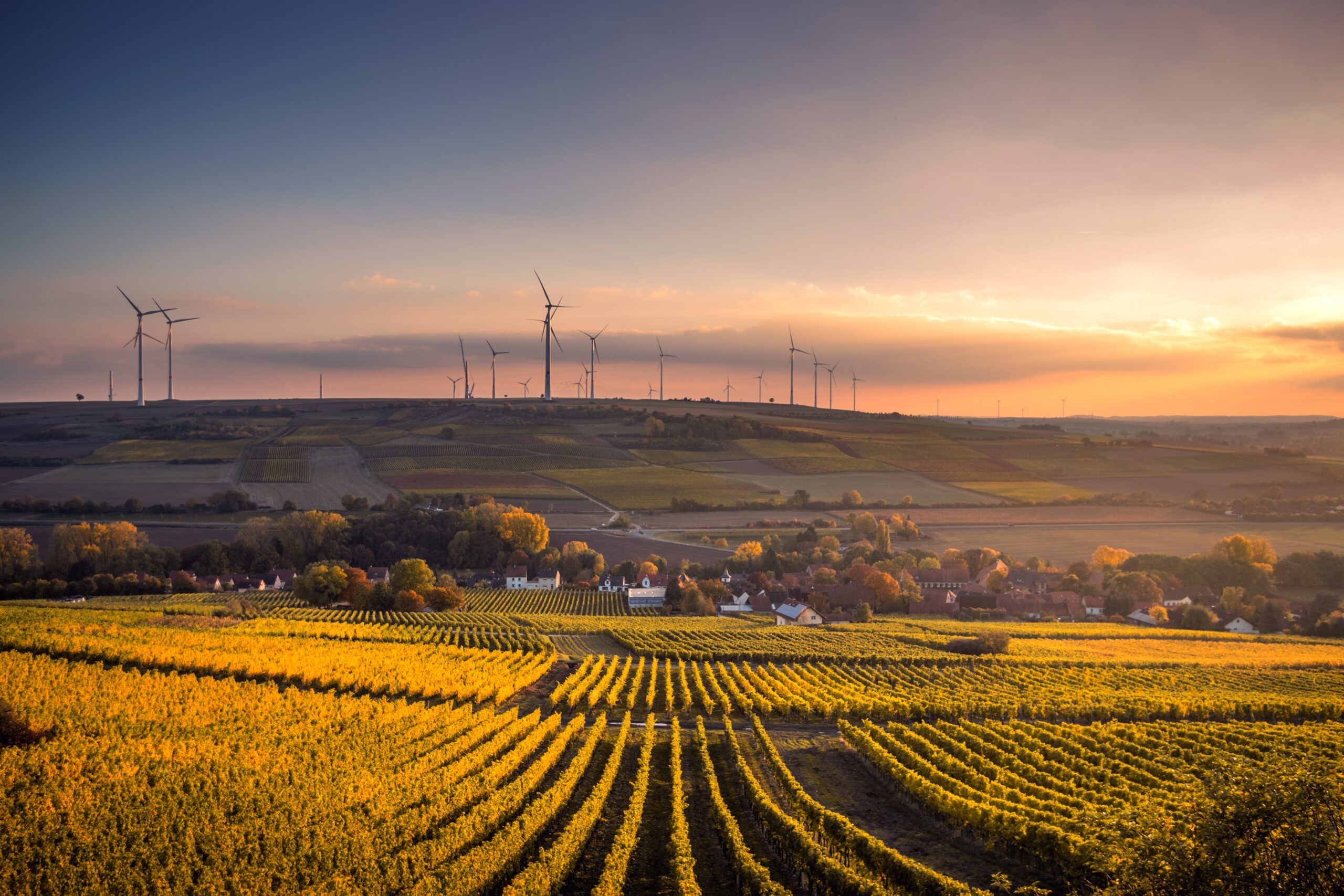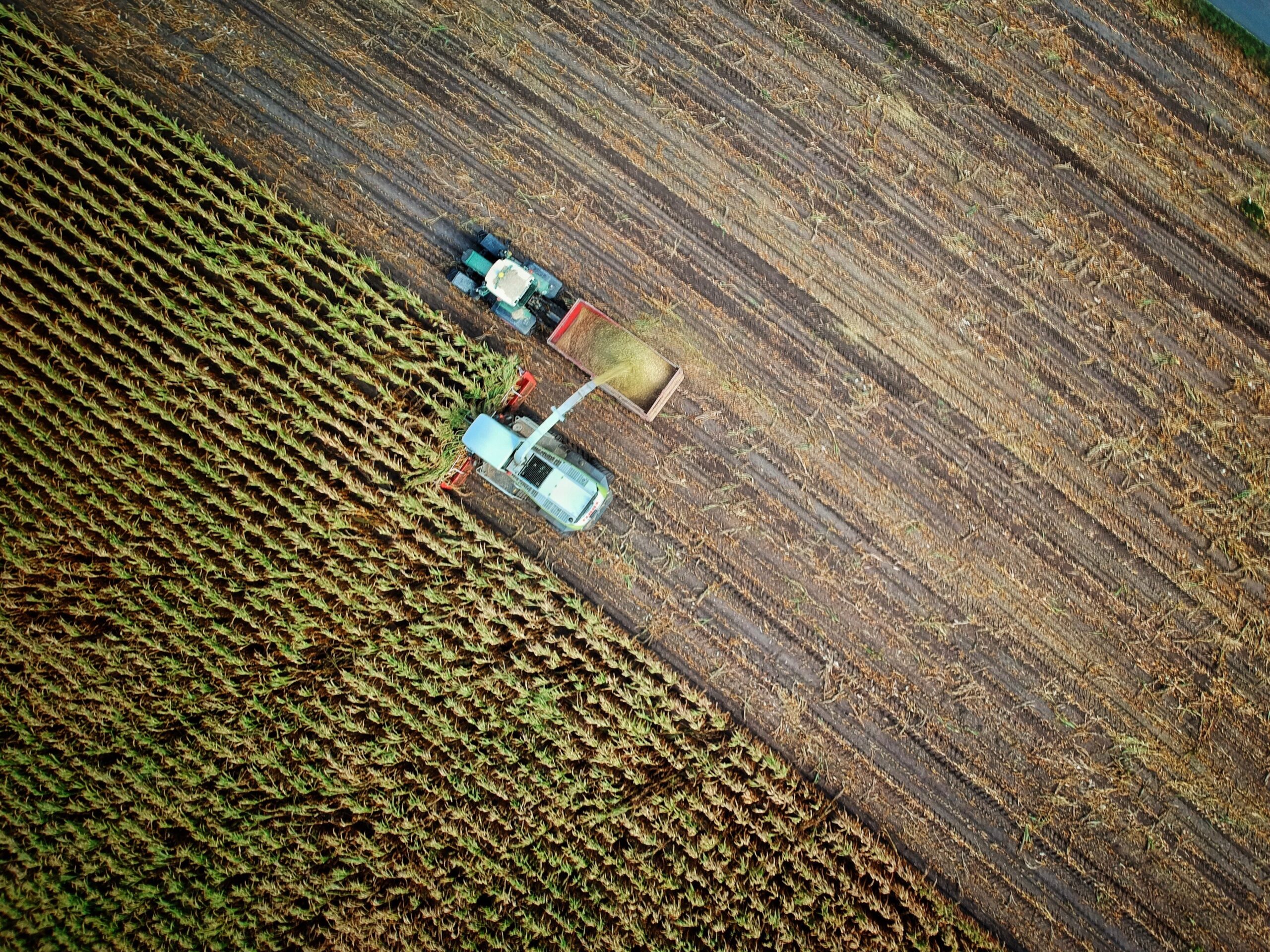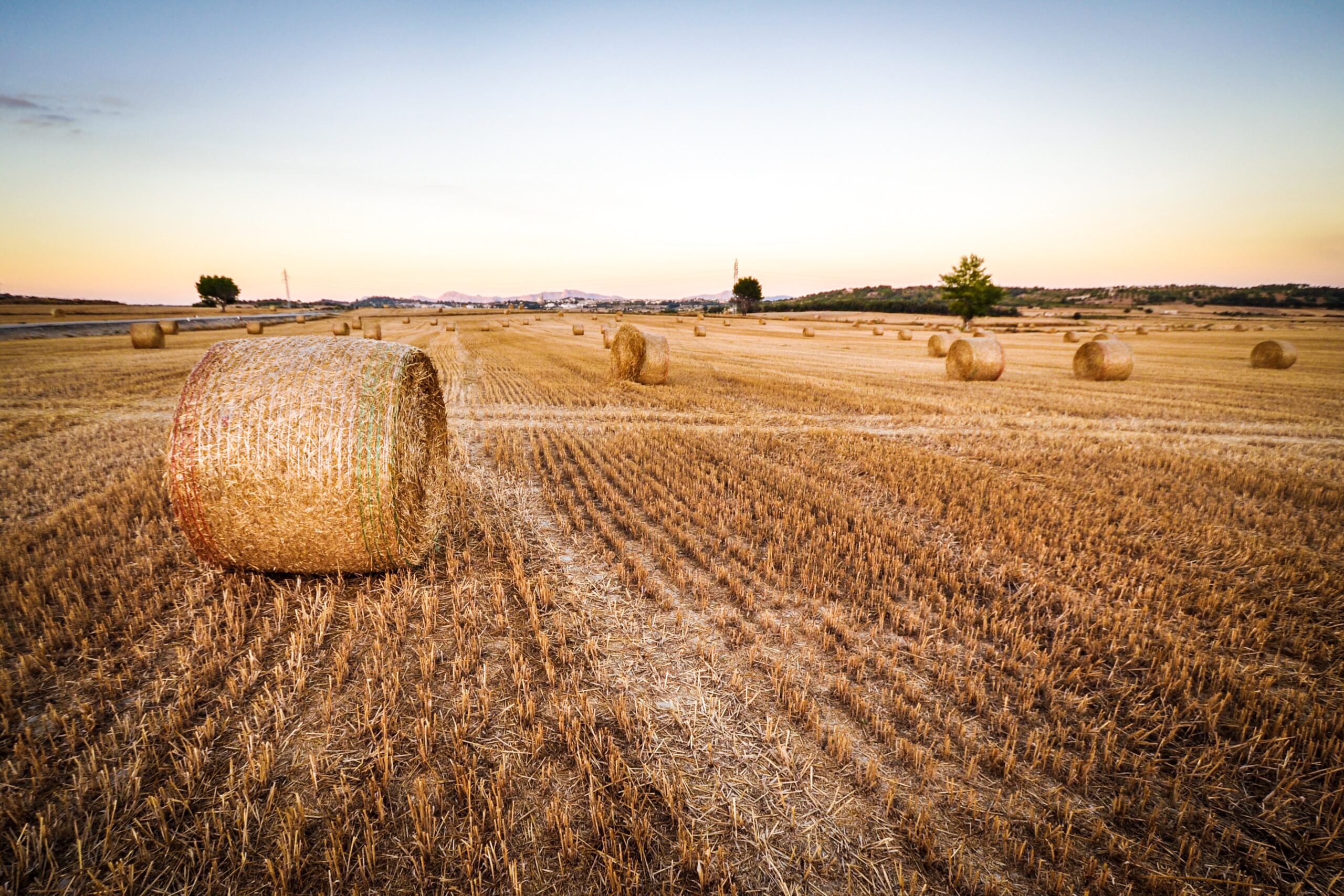Intensive agriculture is commonly defined as a farming system that maximizes yield through high-input cultivation practices such as irrigation, the use of fertilizers, and crop management techniques. The impact of intensive agriculture definition on food production has been significant, allowing farmers to produce greater quantities of crops and meet the demands of a growing population.
However, the sustainability of intensive agriculture has come under scrutiny due to its heavy reliance on synthetic inputs and its potential negative impacts on the environment. In this section, we will explore the definition of intensive agriculture and provide a straightforward explanation. We will also delve into the impact of intensive agriculture on food production and sustainability.
Contents
Understanding Intensive Agriculture
Intensive agriculture refers to the farming methods that utilize high inputs to achieve maximum crop production. Some examples of intensive agriculture include high yield monoculture crops, indoor hydroponics, and the use of advanced farming technologies.
The benefits of intensive agriculture are numerous. Through the use of fertilizers and pesticides, crop yields are significantly increased, leading to more efficient land use and less wasted resources. Additionally, advancements in farming technology have allowed for more precise control over crop growth, improving crop quality and reducing wastage.
However, it is important to note that intensive agriculture practices can also have negative environmental impacts, such as soil depletion and pollution from chemical applications, which can affect overall sustainability.
Examples of Intensive Agriculture
One example of intensive agriculture is high yield monoculture crops, such as corn or soybeans. These crops are often grown in large quantities and rely heavily on inputs such as fertilizers and pesticides to maintain productivity. Another example is hydroponics, where plants are grown indoors without soil and supplied with nutrients through a water-based solution.
Benefits of Intensive Agriculture
The benefits of intensive agriculture include increased crop yields, more efficient land use, and improved food security. By utilizing high inputs and advanced farming techniques, farmers can produce greater quantities of food on less land, which is especially important as the global population continues to grow.
Contrasting Extensive and Intensive Agriculture
Extensive agriculture and intensive agriculture are two distinct farming systems that differ significantly in their land use, inputs, and cultivation methods. Extensive agriculture is characterized by the use of large areas of land with low inputs of labor and capital per hectare. In contrast, intensive agriculture involves the use of smaller areas of land with high inputs of labor and capital per hectare.
The main difference between extensive and intensive agriculture lies in their approach to land use. Extensive agriculture uses large areas of land, often with low soil quality, to produce crops or livestock. Intensive agriculture examples, on the other hand, relies on high inputs of labor and capital to achieve high yields from smaller areas of land.
The inputs used in extensive agriculture are typically minimal and primarily sourced from natural resources. In contrast, intensive agriculture relies heavily on external inputs such as pesticides, fertilizers, and machinery to achieve high levels of productivity.
The cultivation methods employed by extensive agriculture are often traditional and low-tech, with a focus on smallholders and subsistence farming. In contrast, intensive agriculture often employs highly mechanized techniques such as irrigation and crop rotation to maximize productivity.
In conclusion, the differences between extensive vs intensive agriculture are vast and noticeable. Each system has its advantages and disadvantages depending on the local environment, climate, and social factors. It is important to consider the implications of each system when deciding on the most sustainable approach to food production.
The Future of Intensive Agriculture and Sustainability
As the global population continues to grow, the demand for food production is also on the rise. Intensive agriculture has been a significant contributor to meeting this demand and has the potential to do so in the future.
However, there are also challenges associated with intensive agriculture, including environmental concerns and the need for sustainable practices. The extensive use of chemical fertilizers and pesticides in intensive farming can harm soil health and contribute to pollution of water bodies. Inadequate waste management practices can also contribute to environmental degradation.
Despite these challenges, there are efforts to promote sustainable intensive agriculture. These include the use of precision farming techniques that reduce the amount of chemicals needed and decrease soil erosion. Additionally, there are organic farming methods that eliminate the use of synthetic fertilizers and pesticides and focus on maintaining soil health.
Furthermore, alternative approaches such as vertical farming and hydroponics can increase the efficiency of land use and minimize the environmental impact of intensive agriculture. These innovative methods of farming may represent the future of sustainable intensive agriculture.
In conclusion, intensive agriculture has played a crucial role in meeting the global demand for food production. However, it is essential to address the challenges faced by this farming system, including environmental concerns and the need for sustainable practices. By adopting sustainable approaches, we can ensure we meet the food demands of the growing population without causing environmental degradation.



